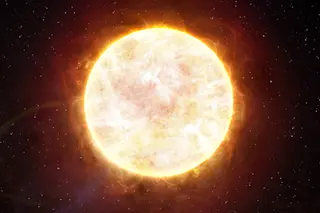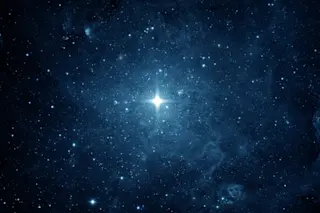Giant Squid are tough to find because they’re rare and live deep in the ocean. Similarly, if a giant planet lives deep in the solar system, telescopes will have a hard time spotting it. But despite no physical evidence, some scientists still believe such a hypothetical world lurks about 56 billion miles from the sun.
The presence of this world, up to 10 times as massive as Earth and known as “Planet Nine,” would solve the orbital mysteries of other way-out objects. But is this “planet” just a gravitational illusion?
In Science Smackdown, we let experts argue the evidence.
Centered about 3.7 billion miles from the sun, the Kuiper Belt — a doughnut of icy rocks and rocky ice past Neptune’s orbit — serves as a cosmic map boundary. “It’s hard to assess what’s beyond that,” says astronomer Scott Sheppard of the Carnegie Institution for Science. There’s just too little ...















